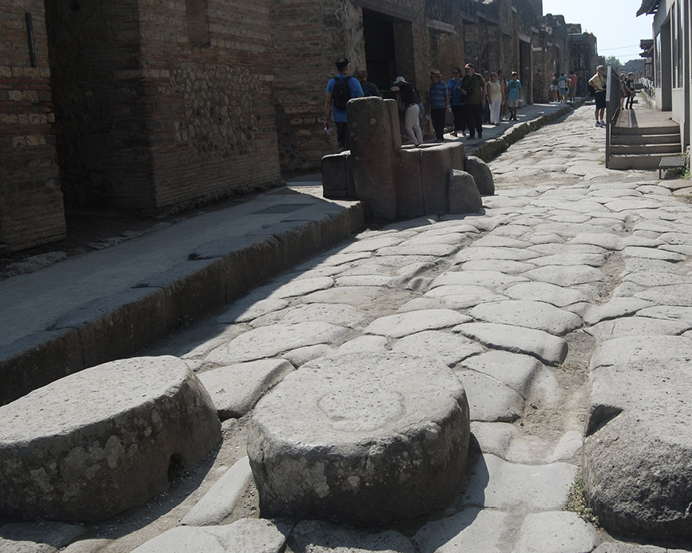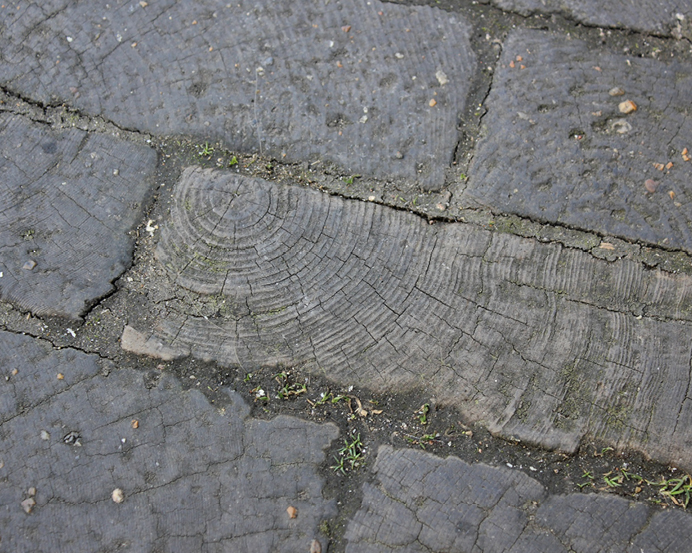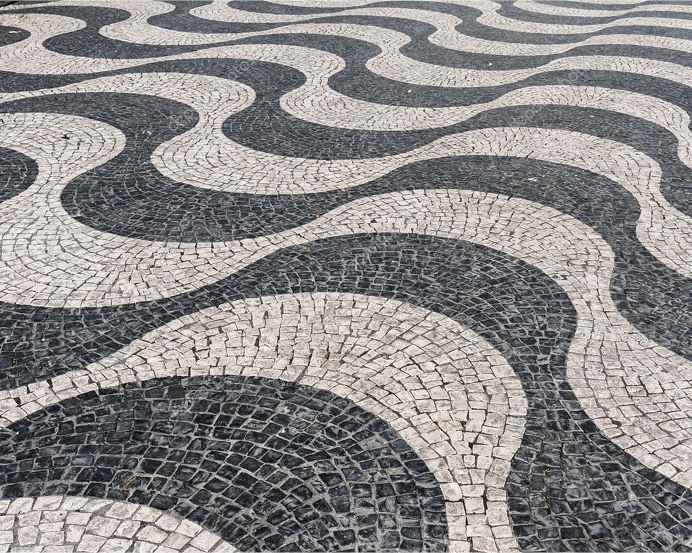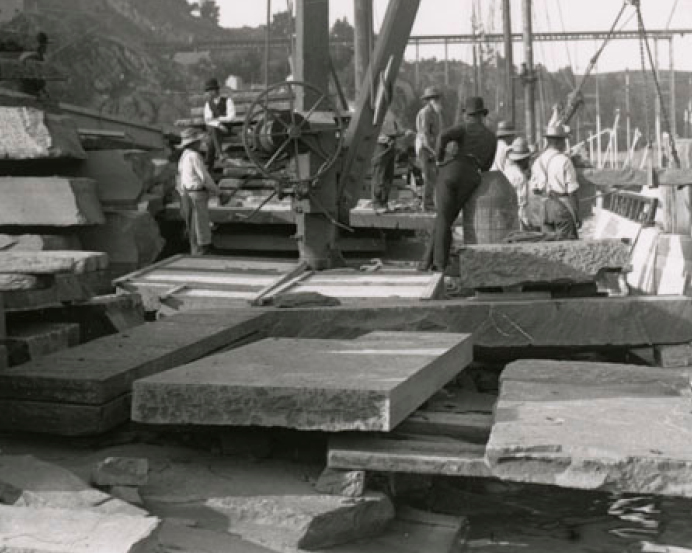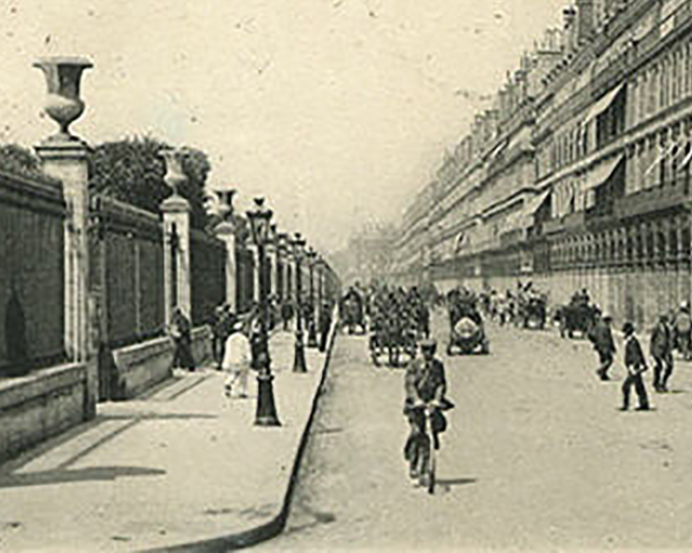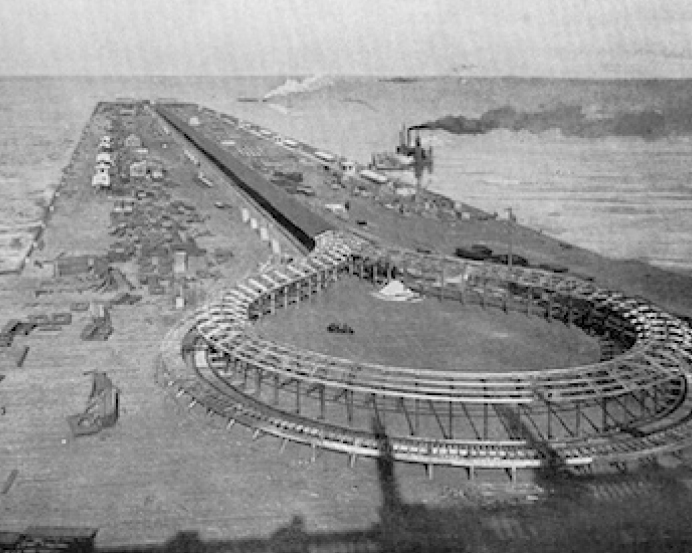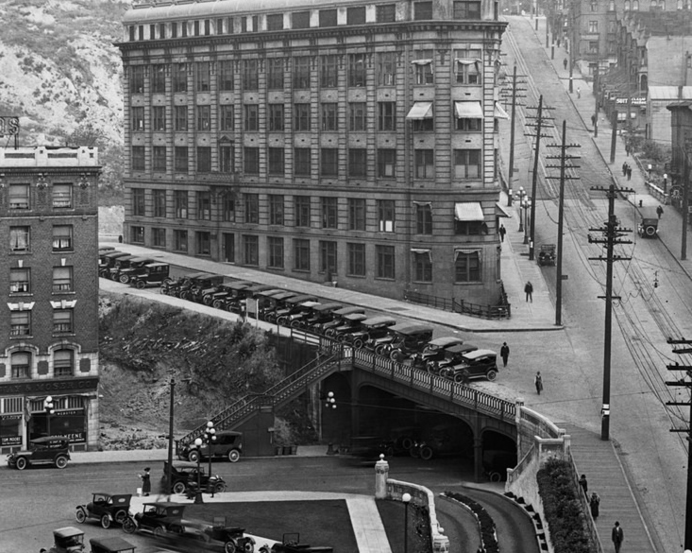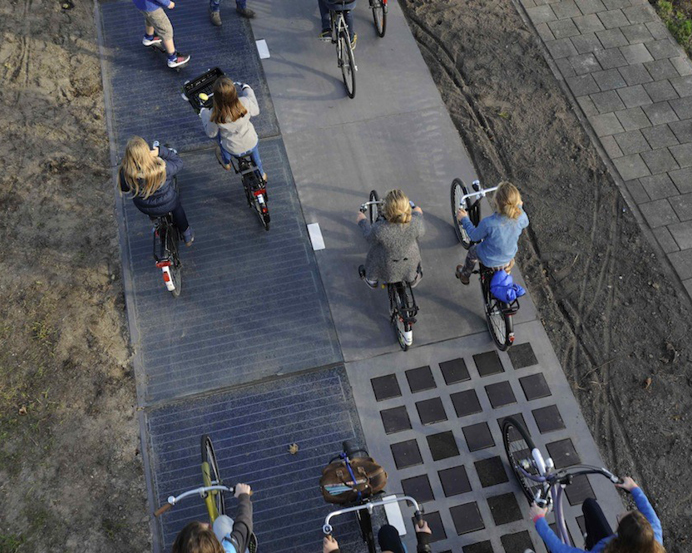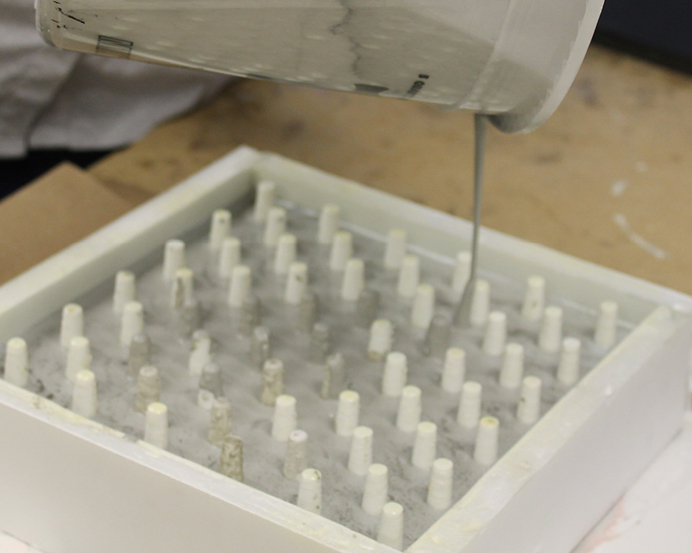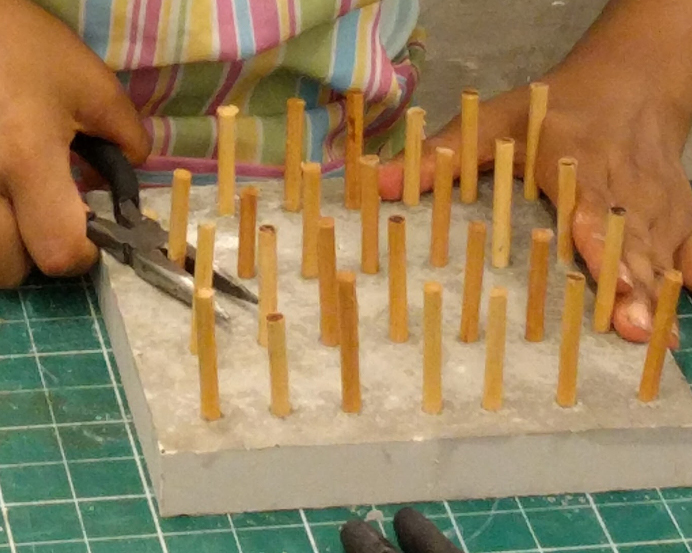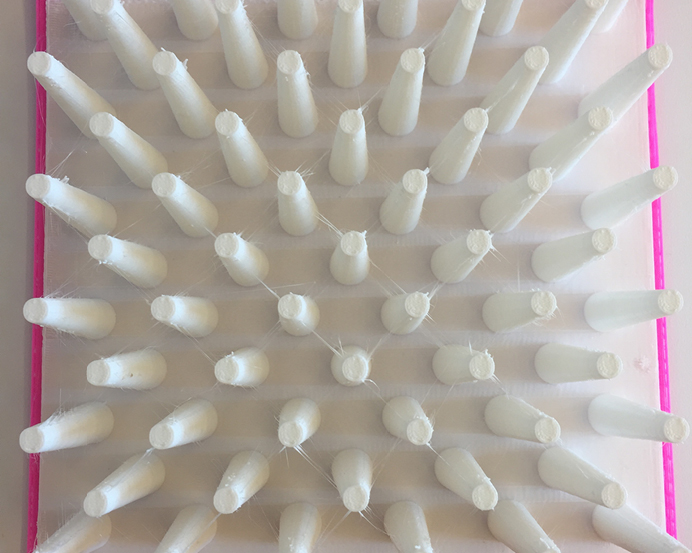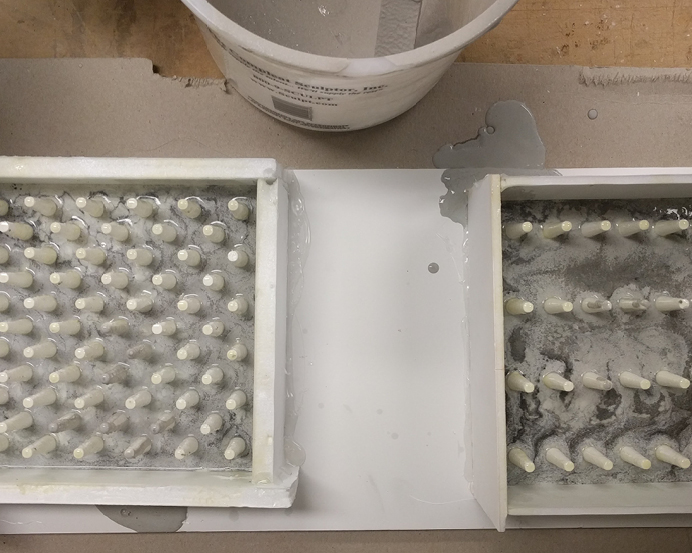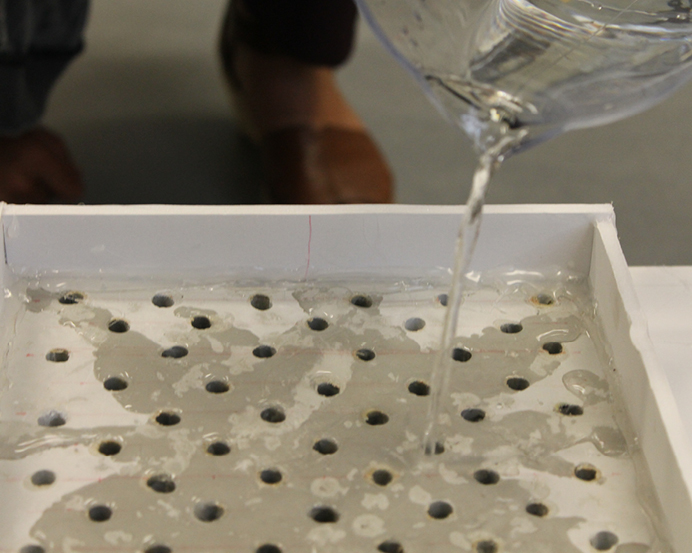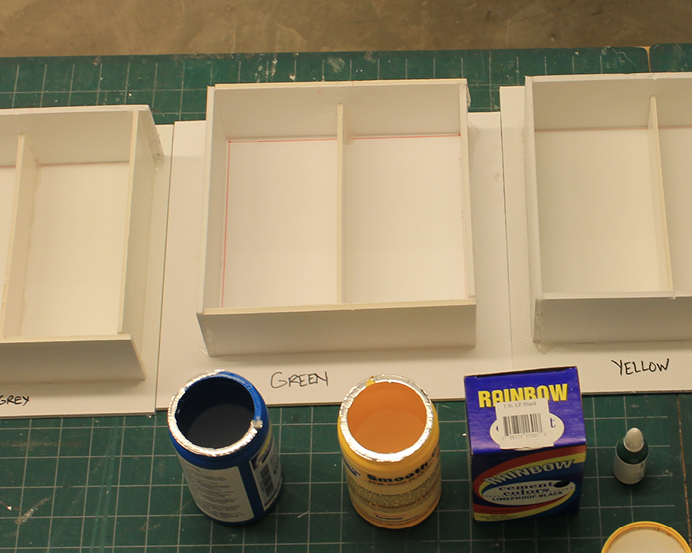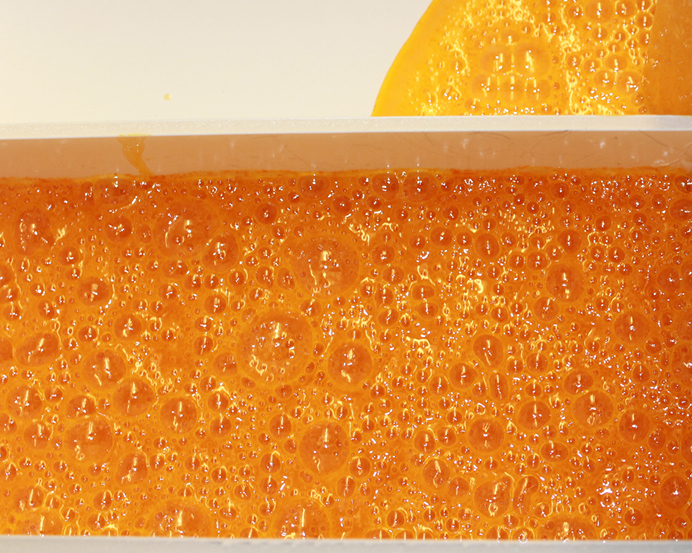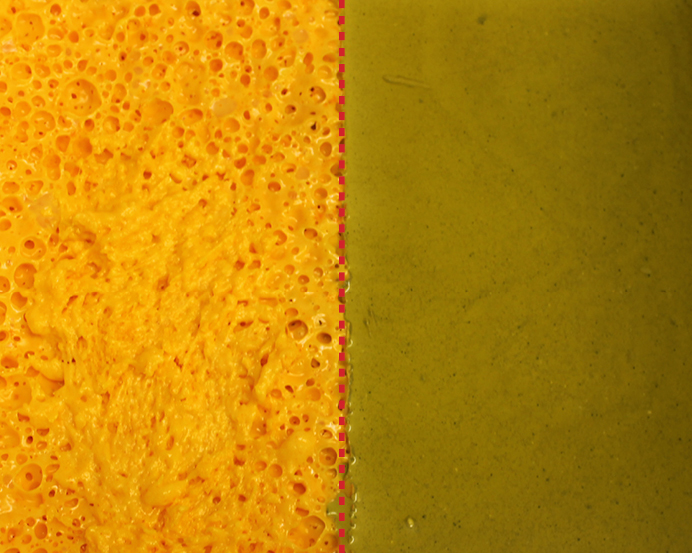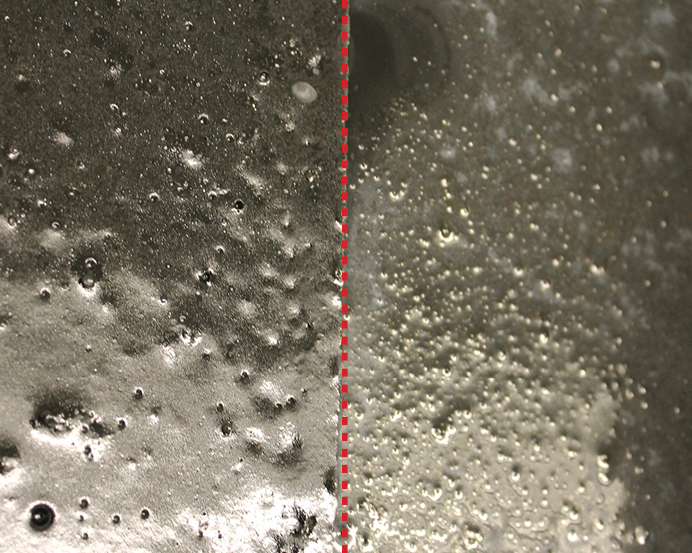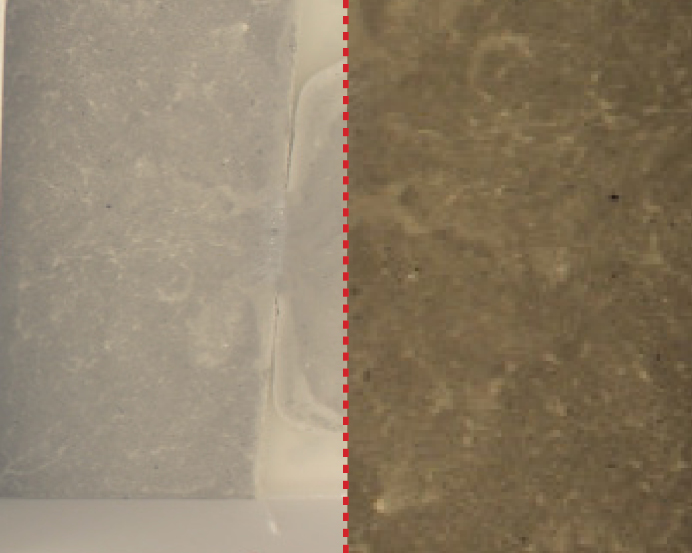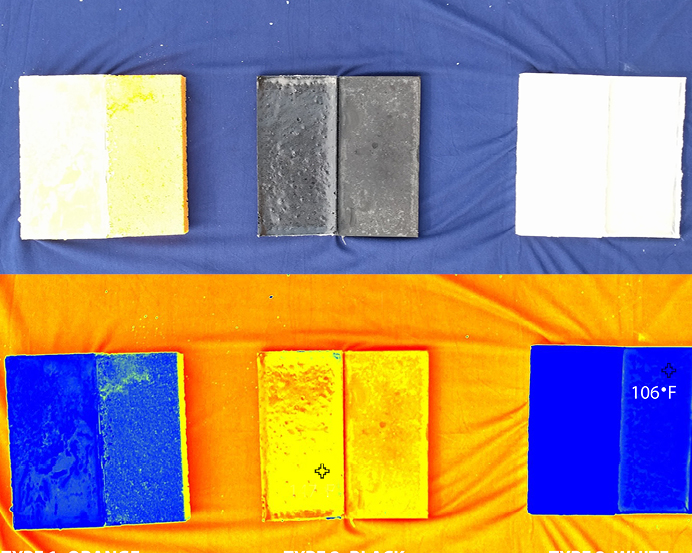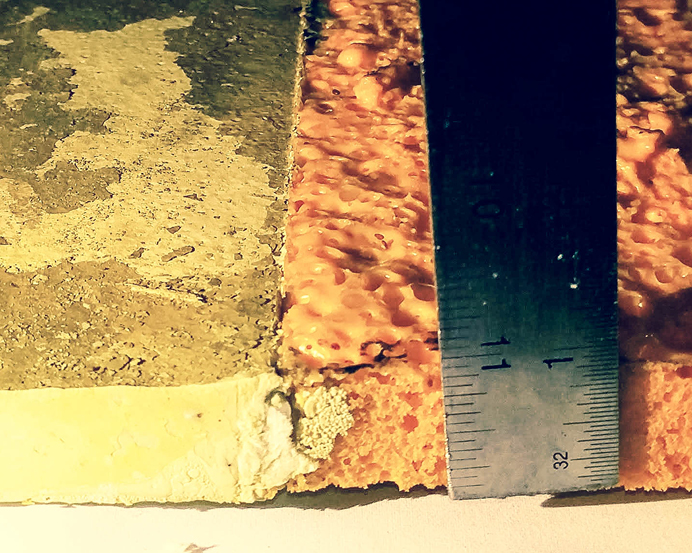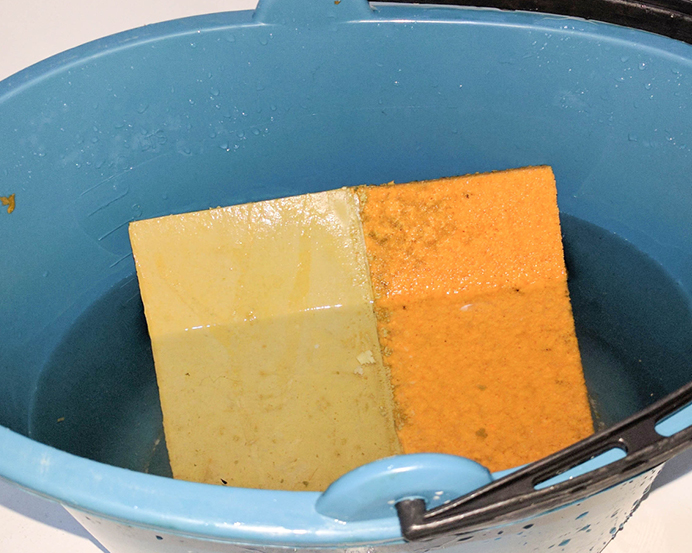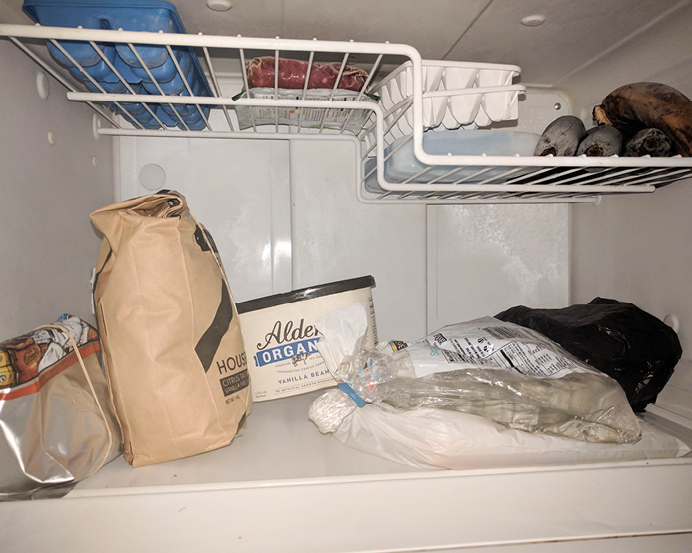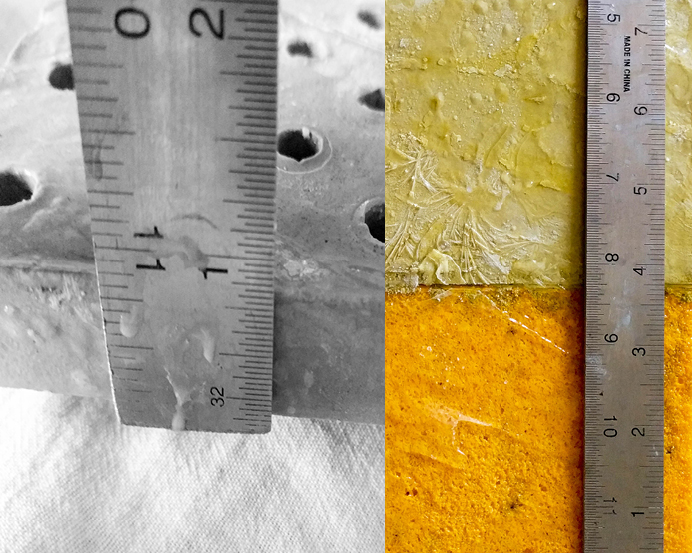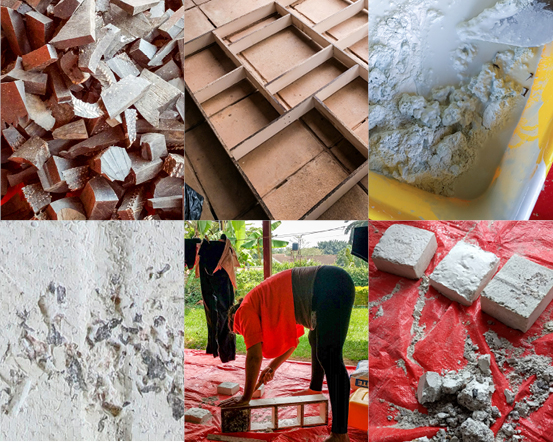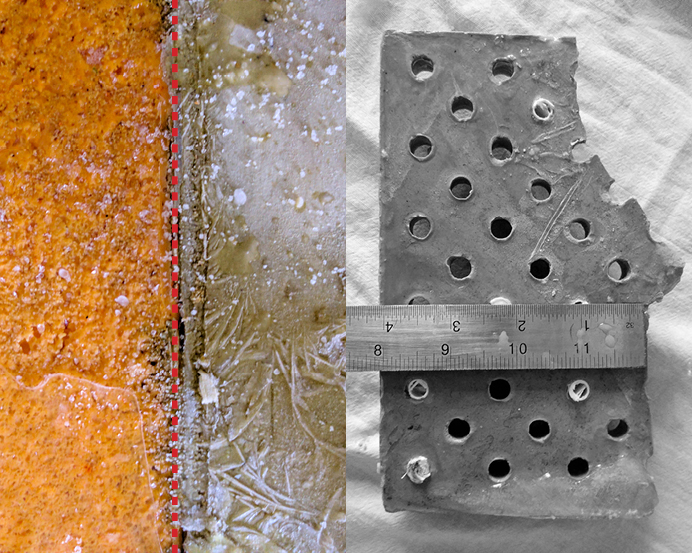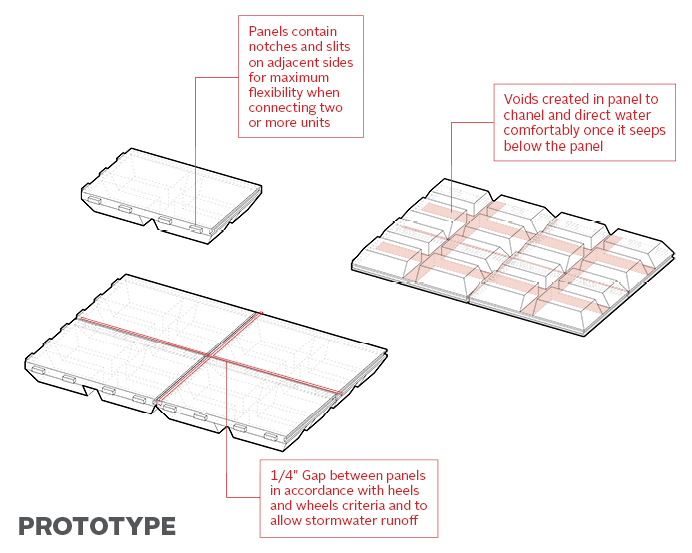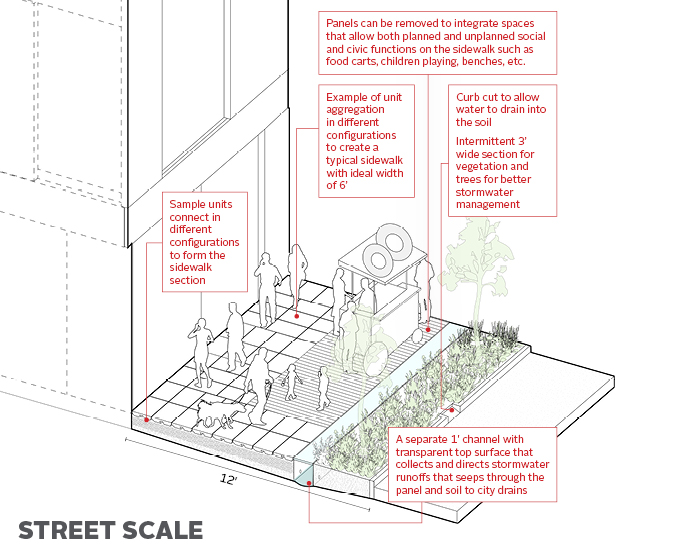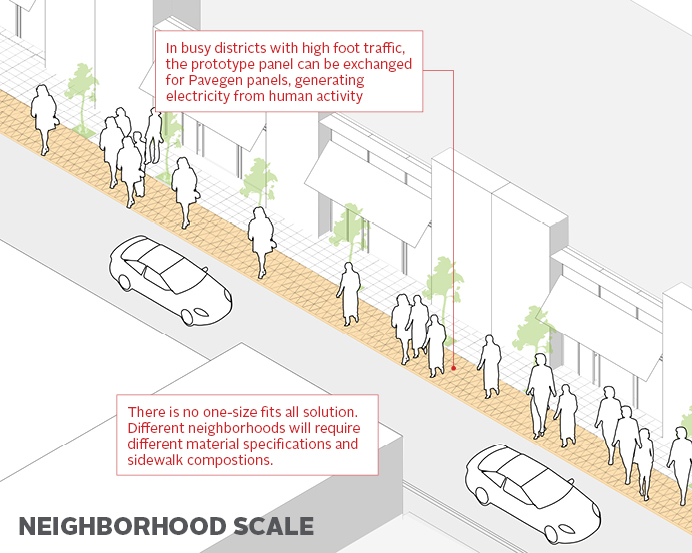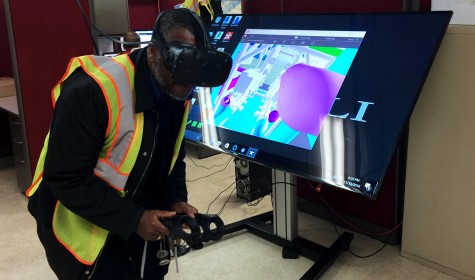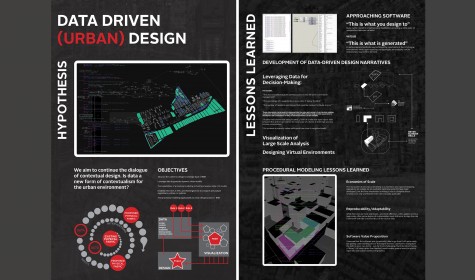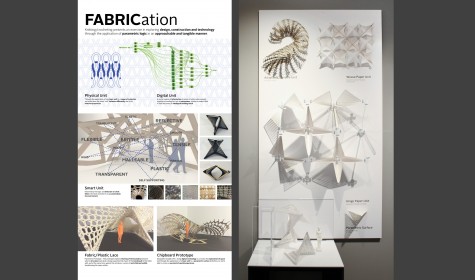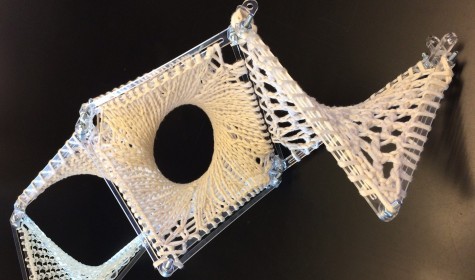BBB RED (Research Exchange Develop): Sidewalks
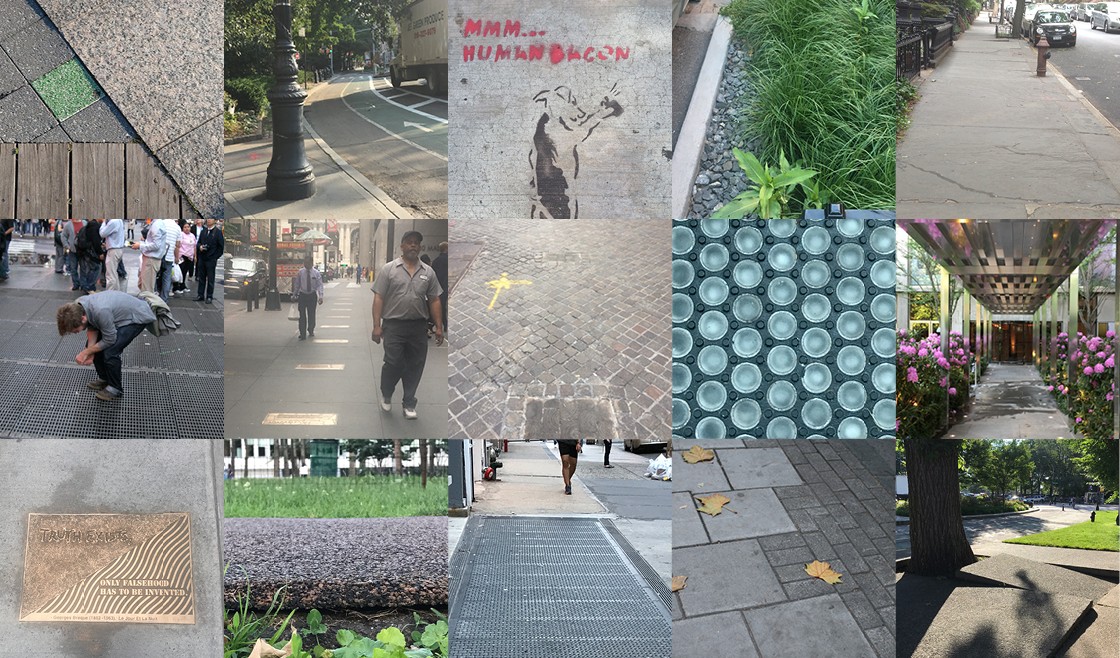
For the second year, BBB sponsored a firm-wide research award competition designed to support innovative ideas that have the potential to positively disrupt BBB's practice—how we work and how we design.
The research awards are sponsored by the firm's RED—Research Exchange Develop—initiative launched in 2015 and aimed at promoting research; encouraging a culture of open dialogue, creativity, and critical exchange; and fostering development and propagation of ideas and applications that align with BBB's practice and culture.
Six provocative proposals—ranging from conceptual ideas and social issues to material, fabrication, and technology—were submitted in 2017 by individuals and teams from both the New York and Washington DC offices. Two winning teams received stipends after being selected by a blind jury comprised of a cross section of BBB and Kyna Leski, author of The Storm of Creativity. Highlights of the research findings and working process of both teams are displayed in both BBB offices, and highlights are included in this Story and a related Story on Scripting Processes For Automation + Efficiency.
Sidewalks, by Anna Oursler and Pari Agarwal, questions the use of concrete in sidewalk design and tests the performance of alternative materials. Sidewalks, many of which are publicly owned, provide an overlooked canvas for creative expression. The project brought industry experts to the office to share experience and best practices and generated a materials database for use on future projects.
There are more than 50 million miles of sidewalks in cities around the world, which if stretched out, would circle the globe nearly 2,000 times. These spaces are a critical part of our urban form. They connect points of origin and destination and few people go through the day without traversing at least one sidewalk. In fact, in many U.S. cities, sidewalks are the largest area of publicly owned land for pedestrian use. Sidewalks facilitate both expected and unexpected interactions. People walking from one destination to another negotiate sidewalk space with other people who are waiting, talking on phones, purchasing lunch from a sidewalk vendor, and with street infrastructure such as road signs, bicycle racks, newspaper stands and fire hydrants. These encounters change in density and activity according to the hour of the day, week of year, and growth of the city. The history of sidewalks is long and rich. The first sidewalks appeared in 2000 BC, in central Turkey, and many Greek and Roman cities had urban footpaths for avoiding polluted streets and accessing buildings. In 1500, European cities were constructed with sidewalks made of wood and stone, and by the 1900s, concrete was widely used for sidewalk construction, as it is today.
STAGE 1 / Literature Review — The project began with a study of the history of sidewalks, common materials used in sidewalk construction, and innovative materials used in contemporary sidewalk design.
STAGE 2 / Materials Testing — This stage included testing different materials under three key criteria: strength and durability, stormwater management, and thermal stress. Aesthetics and user friendliness were considered important overarching factors in all tests.
STAGE 3 / Exchange — An important part of this work was creating a dialogue with industry experts to understand challenges and opportunities in new sidewalk material. We organized a Sidewalk Design Mini-Conference, bringing private and public sector experts to the NYC Beyer Blinder Belle offices for a facilitated discussion about sidewalks on 11 August 2017.
STAGE 4 / Design — The final stage of the research brought together all previously learned information to recommend a set of design principles and show how these principles can be applied in a range of built environment contexts.
History
Material Composition Test
The first series of experiments tested composition of concrete used in sidewalks. Concrete is the predominant material used in sidewalk design even though it is expensive to maintain, functions poorly, and lacks aesthetic qualities. With the intention to explore material alternatives and reduce cement quantities used, these two tests combined cement with different ratios of recycled rubber and aggregate to asses structural capacity, beauty and walk-ability.
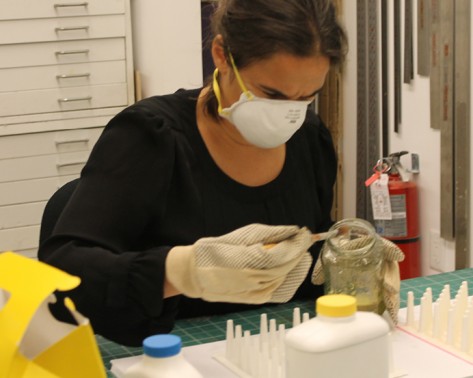
Materials Prep
Stormwater Test
Sidewalks often have poor stormwater management, with limited means to retain, collect, and transfer stormwater run-off . A series of tests were conducted to understand limits of integrating porosity into sidewalk panel design and the opportunity to capture and collect run-off for reuse. Using a quarter inch radius as the maximum cavity size at the sidewalk surface (heels and wheels design criteria), a range of cavity density and volumetric shape were tested for infiltration and runoff.
Heat Absorption Test
The majority of sidewalks around the world are made of concrete, a material that contributes significantly to the urban heat island effect. This test explored heat absorption capacities of two materials, concrete and polysulfide rubber, an alternative sidewalk surface material. It also tested the effect of color on the thermal properties of these materials.
Climate Test
Sidewalk panels can perform poorly in temperate climates, where they undergo extreme hot and cold seasonal, or diurnal temperates. The Temperate Climate test was conducted to understand the impact of physical weathering on polysulfide rubber and typical sidewalk cement. In the test, each sample was immersed in a cold bucket of water for 12 hours, allowing maximum water infiltration, followed by subjecting the panels to freezing temperatures (19F). Material changes were observed and measured, and they are documented below.
Prototype Design
Drawings below illustrate one possible sidewalk prototype informed by the lessons learned in the material testing and exchange stages.
Questions? Comments? Thoughts? Please keep the dialogue and EXCHANGE going by contacting team members Anna and Pari.
